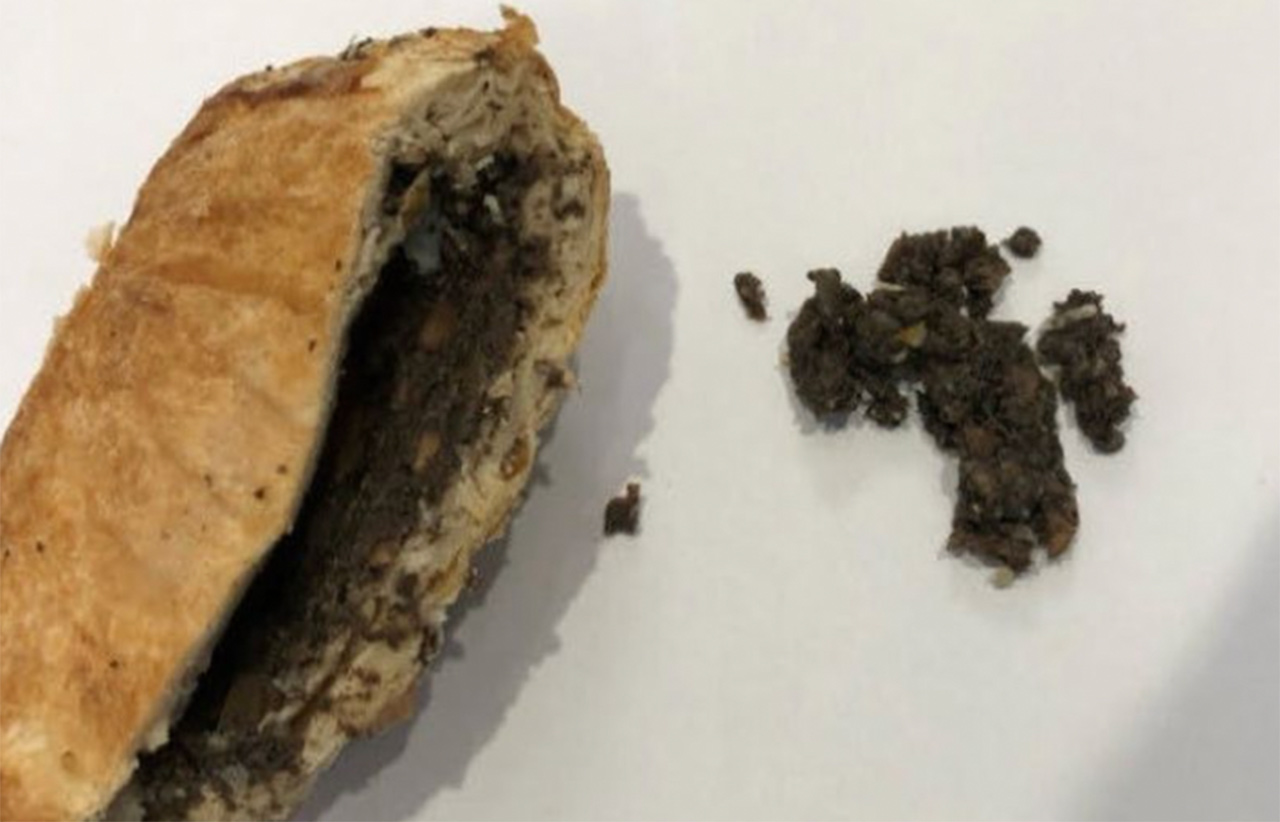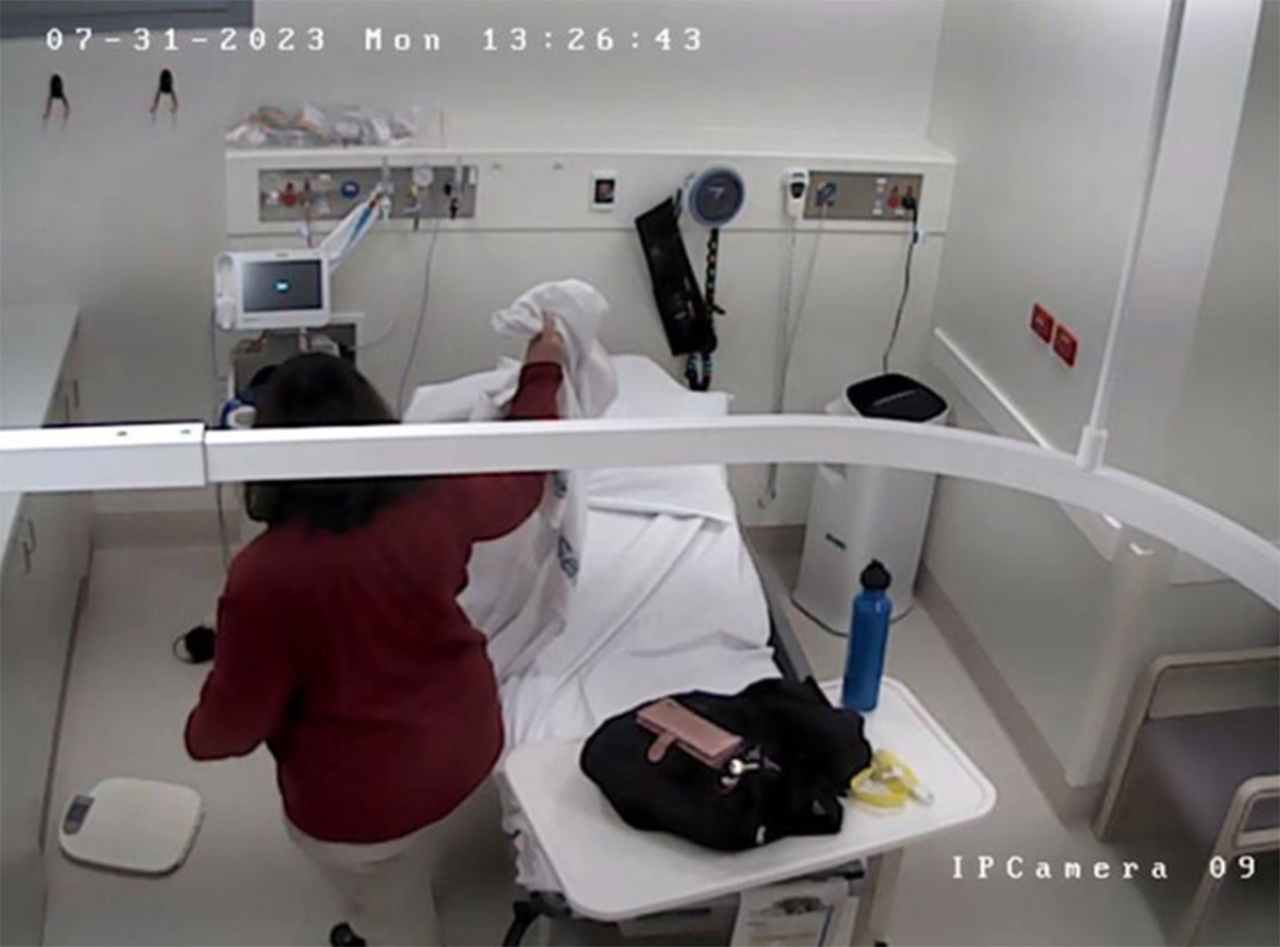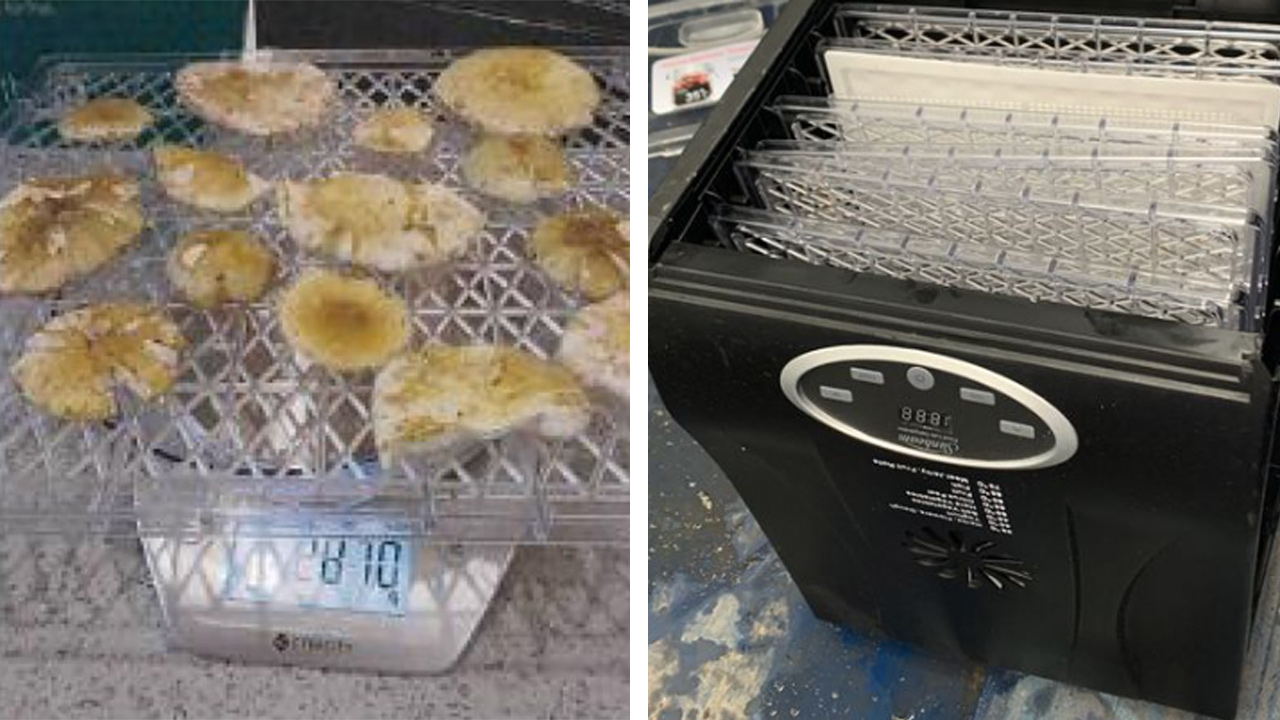
The haunting final images of the deadly mushroom lunch that shocked Australia – and much of the world – have now been made public, hours after Erin Patterson was convicted of murdering three of her in-laws and attempting to kill a fourth.
Patterson, 50, was found guilty by a unanimous jury in the Victorian Supreme Court on Monday afternoon, following a 10-week trial and a week of deliberations. She now faces a possible life sentence for the deaths of Don and Gail Patterson, both 70, and Gail’s sister Heather Wilkinson, 66, as well as the attempted murder of Heather’s husband, Ian Wilkinson.
Shortly after the verdicts were read – each one met with silence from the packed courtroom – the court released a trove of exhibits previously seen only by jurors. Among them: photographs of the individual beef Wellingtons served at the now-infamous lunch in Leongatha, each laced with deadly death cap mushrooms; hospital-bed images of Patterson after she presented with diarrhoea; and damning CCTV footage of her dumping a food dehydrator at a waste station just hours after being discharged.
The dehydrator, prosecutors argued, had been used to dry the toxic mushrooms, key evidence Patterson sought to dispose of before investigators could find it.
Jurors were also shown a series of photographs Patterson had taken herself, showing mushrooms drying inside the appliance. While Patterson claimed the fatal lunch was a tragic accident, and that she had eaten the same meal but vomited afterward, the prosecution said the disposal of the dehydrator – and her lies to police, doctors and health authorities – pointed to premeditation.

Leftovers of the fatal Beef Wellington were found in Patterson’s bin and sent to scientists for testing.
The sole survivor of the July 29, 2023, lunch, Ian Wilkinson, testified that Patterson had served her guests the beef Wellington parcels on different plates to her own. Prosecutors used this, along with inconsistencies in Patterson’s stories, to argue the poisonings were deliberate.
One of the most striking pieces of footage shown to the jury – and now released publicly – was grainy CCTV from the Koonwarra Transfer Station. In it, Patterson is seen driving in alone and unloading a bag that investigators say contained the dehydrator. The footage captured a crucial moment in the Crown’s case: a deliberate attempt to destroy evidence just hours after she had been released from Monash Hospital.

Erin Patterson inside Leongatha Hospital being treated for what she said was diarrhoea, caused by eating the Beef Wellingtons.
Patterson, who wore a paisley blouse and sat expressionless as the jury’s foreperson read out four guilty verdicts, had pleaded not guilty to all charges. During her eight days on the witness stand, she admitted she may have included foraged mushrooms in the meal, despite initially lying to police and saying they were store-bought.
“They tasted good and I didn’t get sick,” she told the jury, describing her past experiences preparing wild mushrooms.
The case captivated the nation and drew international headlines, with true crime podcasts and media outlets following every twist. Yet the most confronting details remained sealed, until now.
The newly released visuals offer a chilling glimpse into the deadly domestic meal that would end three lives and forever alter another. They also reveal the quiet, methodical actions Patterson took in the hours and days that followed—images that played a pivotal role in the jury’s decision.
The families of the victims, who had attended every day of the trial, were not in court for the verdict. A close friend of Patterson’s, Ali Rose Prior, told reporters outside the court she was “saddened” by the outcome.
“I didn’t have any expectations. It’s the justice system and it has to be what it is,” she said, confirming she planned to visit Patterson in prison.

Mushrooms dehydrating on scales in Patterson’s home, and the dehydrator Patterson dumped at the tip.
Justice Christopher Beale praised the jury for their conduct and excused them from future jury duty for 15 years. A pre-sentence hearing is expected later this year.
In a statement, Victoria Police extended their support to the families of the victims and acknowledged the exhaustive work of homicide detectives throughout what they described as a “complex investigation”.
The images now released will likely remain etched in the public consciousness as symbols of one of Australia’s most shocking domestic crimes – a seemingly ordinary lunch, documented in photos and CCTV, that turned fatal.
Images: Supreme Court of Victoria






